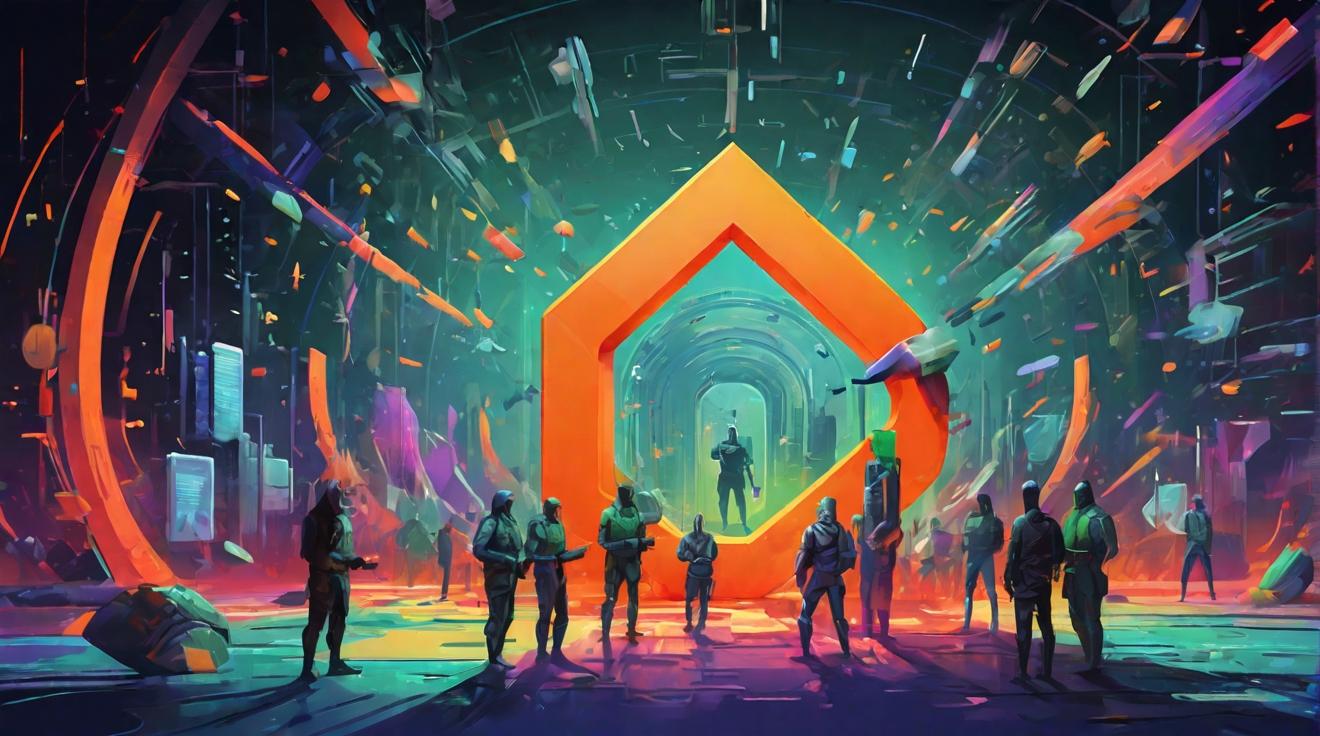Netflix Launches Real-Time Interactive Voting for Live Content
Netflix has taken a significant step towards immersive entertainment by introducing real-time interactive voting for its live content. Announced by CTO Elizabeth Stone at TechCrunch Disrupt 2025, this feature enables viewers to actively participate in live shows by casting votes that directly influence outcomes, enhancing engagement across devices.
Feature Overview and Early Testing
The interactive voting system was first tested in August on Netflix’s live cooking show, “Dinner Time Live with David Chang.” Audiences were prompted to vote on questions such as food preferences, with results displayed in real time. This trial demonstrated consistent engagement across episodes, signaling strong potential for interactive formats. Netflix plans to deploy this functionality more broadly, including in the upcoming reboot of the talent competition series “Star Search,” which returns after a 20-year hiatus. Viewers will be able to vote via their TV or mobile devices to determine which contestants advance.
“So it’s just a very early starting example of the ways that we think content can be more interactive over time, across devices, between TV and mobile, where a member who subscribes to Netflix can actually feel like they’re part of the story, influence the storyline, and feel immersed in that.” — Elizabeth Stone, Netflix CTO
User Experience and Engagement Mechanics
Viewers receive on-screen prompts during live broadcasts with a limited window to submit votes. Those who rewind or fall behind the live feed may miss the opportunity to participate, emphasizing the importance of real-time interaction. This approach fosters a shared, community-driven viewing experience, potentially differentiating Netflix in an increasingly competitive streaming landscape.
Expanding Beyond Voting: Games and Immersive Experiences
Netflix is also developing additional interactive formats, including living room party games such as Boggle, playable via TV screens with mobile phones as controllers. These games aim to provide fun, in-the-moment content for families and friends. Furthermore, Netflix is launching immersive homepage experiences featuring dynamic animations and special effects. The initial rollout includes a Halloween Collection, with plans for a Holiday Collection in December and IP-driven experiences like a “Bridgerton” themed showcase.
“There’s also a lot that’s exciting happening with cloud games, which introduces another similar kind of interaction pattern. So we’ve got some fun living room party games launching in Q4 this year, more next year — for example, Boggle.” — Elizabeth Stone, Netflix CTO
Background on Netflix’s Interactive Content
This is not Netflix’s first foray into real-time interactivity. The company previously experimented with viewer polls during reality series such as “Too Hot to Handle” and “Love Is Blind,” indicating a sustained commitment to evolving the viewer experience.
FinOracleAI — Market View
Netflix’s introduction of real-time voting and interactive experiences represents a strategic effort to deepen viewer engagement amid intensifying competition in the streaming sector. By enabling audiences to influence live content outcomes and participate in interactive games, Netflix aims to create a more immersive, community-oriented platform.
- Opportunities: Differentiation through innovative interactivity; increased viewer retention and engagement; potential for new advertising and sponsorship models linked to live participation.
- Risks: Technical challenges in scaling real-time interactivity; potential viewer frustration if voting windows are missed; balancing interactivity with content quality and narrative coherence.
Impact: Netflix’s move is likely to positively influence subscriber engagement metrics and brand differentiation, positioning the company as a pioneer in interactive streaming entertainment.













